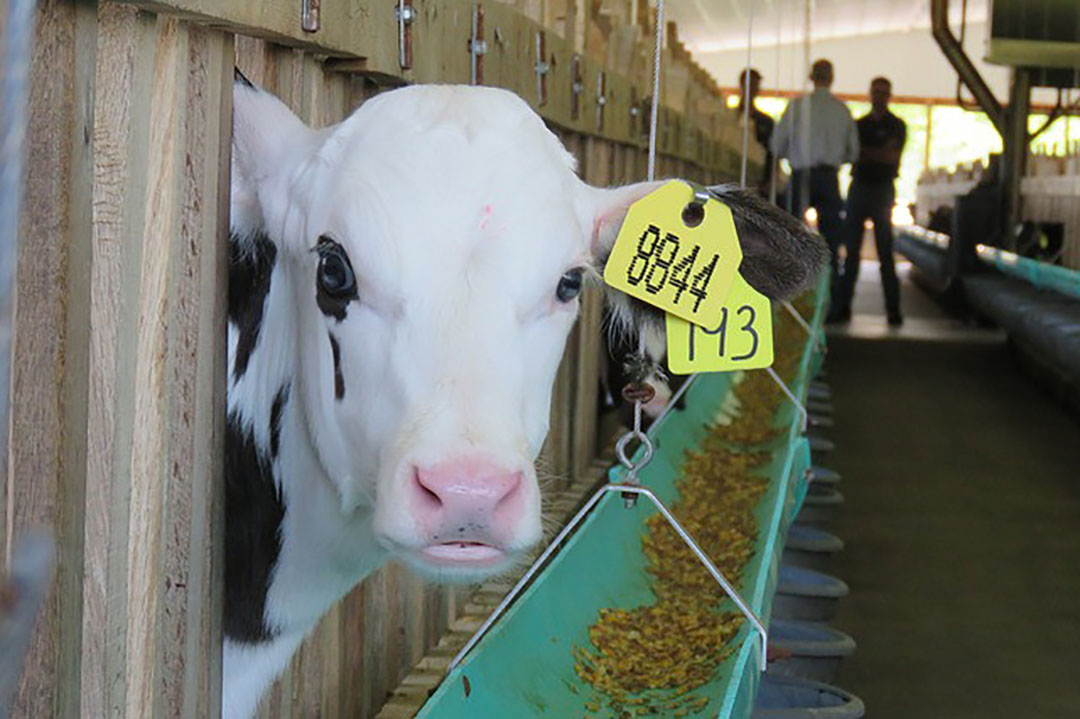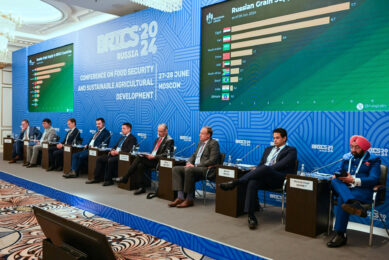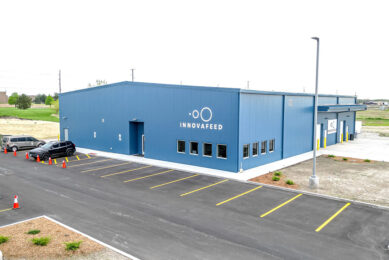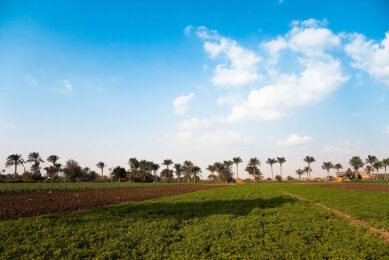EU Agricultural Outlook 2019-2030: Report on animal feed

The EU Agricultural Outlook 2019-2030 report presents the outlook for major EU agricultural markets and for agricultural income until 2030. Societal expectations and policies relating to health, origin, the environment and climate change, etc., will continue to shape agricultural markets. Furthermore, supply for feed will grow globally, creating opportunities for EU exports.
Societal demands will continue to shape agricultural markets over the next decade with populations across the EU having increasingly pressing and oftentimes conflicting expectations towards food. These expectations extend beyond affordability to issues such as health, origin, convenience, environment, climate change and animal welfare. This could stimulate the feed market and foster market differentiation.
Climate challenges
Furthermore, public policy choices addressing environment and climate change challenges have led to requirements being set in EU and national regulations, such as on nitrates and pesticides, which encourage the adaptation of production systems, for example, more crop rotation. These developments often translate into higher costs. Alternative production and marketing systems, such as local, organic, GM-free or other types of certified production will increase over the outlook period. Price premiums for non-GM feed products or for products complying with more stringent but more costly production rules, could support farmers to meet such demands.
On a global level, supply will grow further — mainly in developing countries — but not as fast as demand in these markets. This will create opportunities for EU exports.
Despite higher competition, the production of cereals is projected to increase slightly for domestic feed and industrial uses, and to supply a steady global demand. Production of soya beans and pulses will continue to grow to address feed demand for locally produced plant-protein products.
Feed prices are expected to increase over the outlook period, particularly for high-protein feed that will follow the projected increase in soya bean prices.
Also read: Weakened yield outlook for EU summer crops
Global demand for animal feed grows
According to the report, world demand for animal feed will grow. The main producing and exporting regions (the Americas, the EU and the Black Sea region) are expected to keep on specialising and increasing their share in global trade to meet this demand. Wheat surplus in the EU as well as maize surplus in the US are projected to increase. Similarly, Latin America is foreseen to sharply increase its production of maize and soya beans to meet an increasing domestic feed demand, but also to target growing import needs in other continents. The Black Sea region is likely to increase its exports of wheat, maize and soya beans, while also increasing its consumption mainly attributed to feed.
EU domestic consumption of grains
Feed use remains the first outlet for EU grains and accounts for 60% of the total consumption of the 3 main cereals: wheat, maize and barley. The EU market for feed is moving towards more locally produced and/or non-GM. This has an impact on the feed demand for grains in terms of volume and even more so in terms of value.
EU market for protein crops and rice to rise
The EU market for protein crops and rice is expected to grow due to the increasing demand for feed. Consumption of protein crops into the feed rations is likely to increase thanks to a demand for more diversified protein sources, and better availability (also due to more inclusion of protein crops in crop rotation systems). With the short-term increase in demand and a delayed supply response, imports could increase at the beginning of the outlook period. Imports should stabilise and could ultimately decline towards 2030 and be replaced by increased domestic production.
Oilmeals remain steady
Oilmeals (by-products of oilseeds crushing for oil production) are widely used by the feed industry as high-protein feed material. The total volume of oilseeds crushed in the EU is expected to rise only 0.3% to reach 31.4 million t in 2030. Rapeseed should remain the main crushed commodity in the EU thanks to ample availability.
Low-protein feed remains most prominent
Low-protein feed is feed material with less than 15% protein content. It includes main grains (wheat and coarse grains) as well as cereal brans and molasses. It represents almost 60% of the raw materials used in feed (in volume) and is largely composed of wheat and maize. This is projected to remain the same in the outlook period, where maize will still be the first feed ingredient, accounting for 40% of total volume of feed grains, and wheat remaining second at 30%.
A large share of feed is also sourced from pasture, estimated at 940 million t of grass for the 2018/2019 marketing year (taking into account the drought over the summer), with a protein content of around 2.5%. Feed from pasture could increase, particularly from temporary grassland, which can also be enriched with fodder legumes.
Medium-protein feed are feed ingredients with a protein content between 15% and 30%. They include pulses such as field peas and broad beans, as well as corn-gluten feed and distillers dried grains. Pulses are increasingly used in the feed rations but are challenging to expand due to a relative high price compared to other materials. Nevertheless, its use for feed is expected to increase over the outlook period thanks to increasing demand for locally-produced and/or non-GM feed and the increased use of pulses within crop rotation systems.
High-protein feed, such as oilseeds meal, fishmeal and skimmed milk powder, contains more than 30% protein. Around 57 million t of high-protein feed is expected to be consumed in the EU in 2030. Soya bean meals are expected to remain at the top of this category, and its use could reach 31 million t.
This article is based on the EU Agricultural Outlook for Markets and Income 2019-2030.











